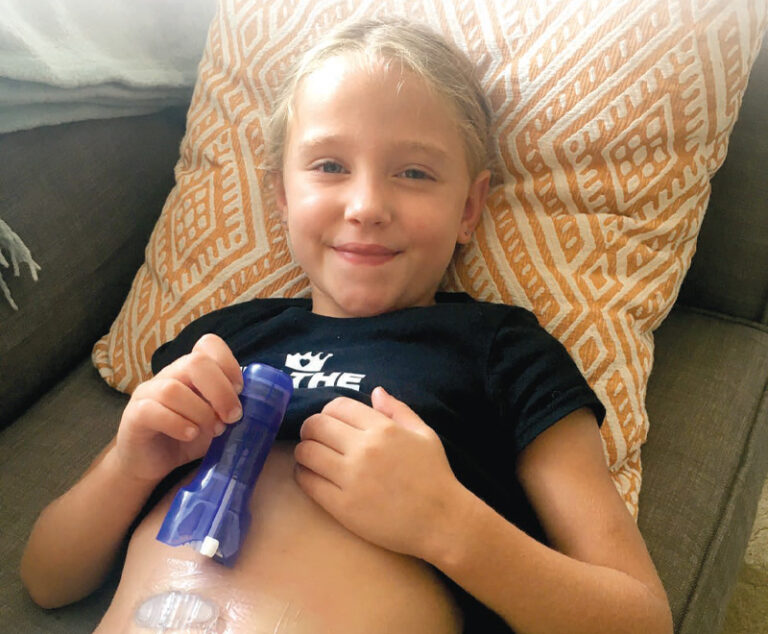Industry Insight
Information, Observation & Analysis
The race is on to develop new medications that effectively block pain receptors to help reduce the suffering of migraineurs.
The pandemic has left the healthcare system with staffing and revenue shortages, as well as supply chain management challenges, that are expected to extend into the foreseeable future.
Experts set the record straight about common misunderstandings regarding IVIG and SCIG products, their administration and possible reactions.
A new study demonstrates how severe acute respiratory syndrome coronavirus disease 2 (SARS-CoV-2) infection could be associated with an autoimmune response and development of autoantibodies.
Transition of clinic-based to home-based intravenous immune globulin (IVIG)/subcutaneous IG (SCIG) infusion can be successfully done to decrease potential exposure during a pandemic in a high-risk immunosuppressed population.
Two recent studies effectively determined the antibody responses of pregnant women infected with SARS-CoV-2 and the effect of the fetal sex on those responses, as well as the direct clinical implications for COVID-19 infection and future maternal-fetal vaccination strategies.
Understanding the factors contributing to the current shortage of immune globulin could help to address a crisis that threatens dire consequences for patients.
Understanding terms used in rule sets pertaining to payment for inpatients, which go into effect during the fiscal year effective Oct. 1, as well as outpatient and physician fee services, which go into effect during the calendar year effective Jan. 1.
“Scientists have identified components of the influenza virus that do not really change muchat all. The critical challenge is getting a vaccine to induce a response to those components.”
— Anthony Fauci, MD, Director, National Institute of Allergy and Infectious Diseases
An abundance of food and low activity levels have resulted in an increasing prevalence of metabolic syndrome that causes serious health risks.
New clinical studies show gene therapy may offer a cure for these chronic and expensive diseases in five to 10 years.
Why healthcare needs to pivot to meet the demands of an aging population.











